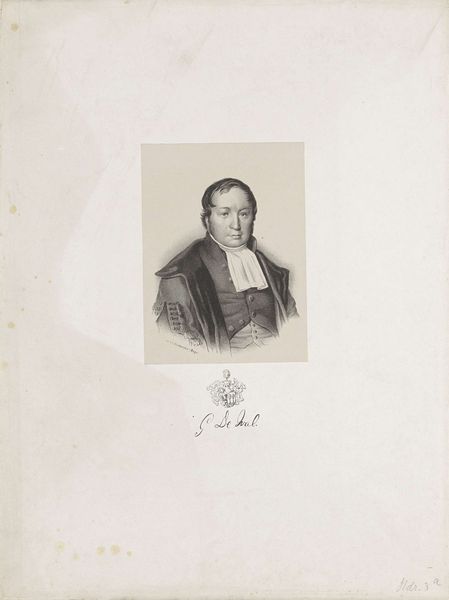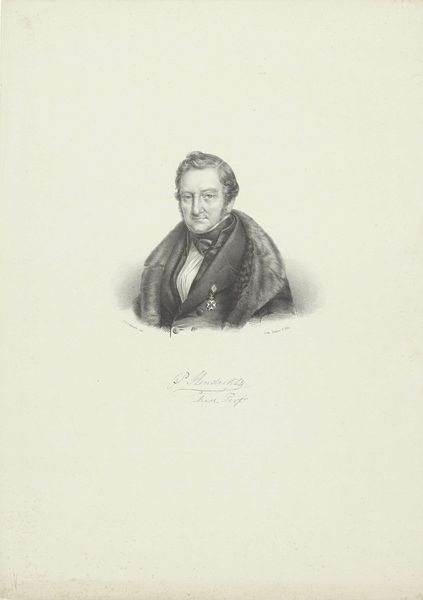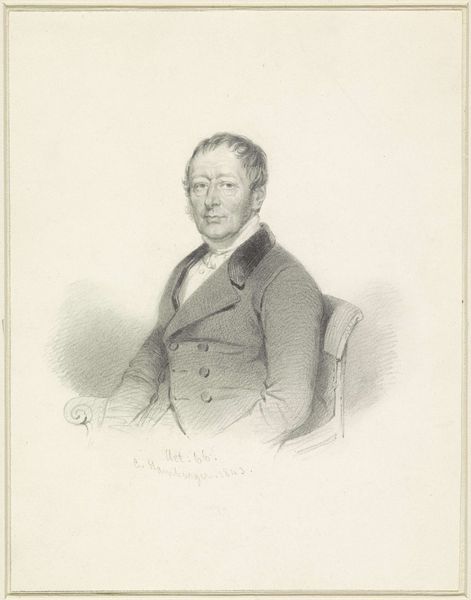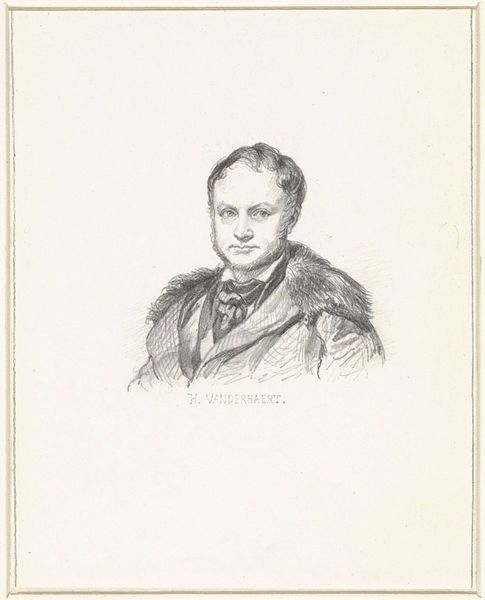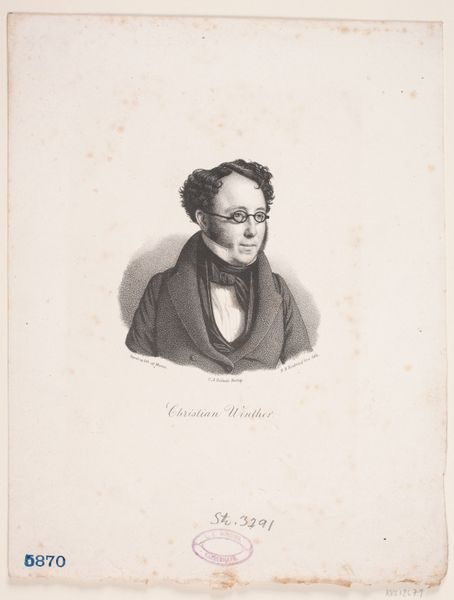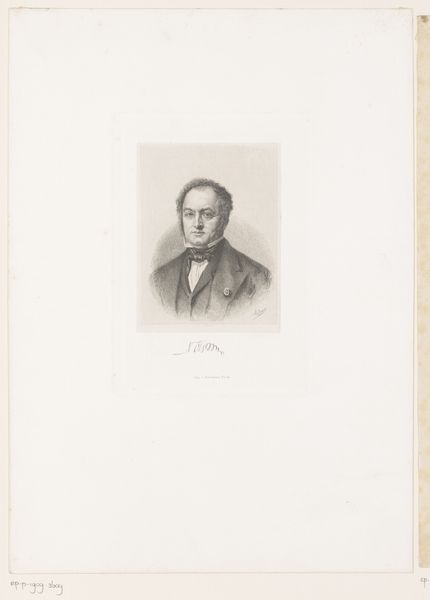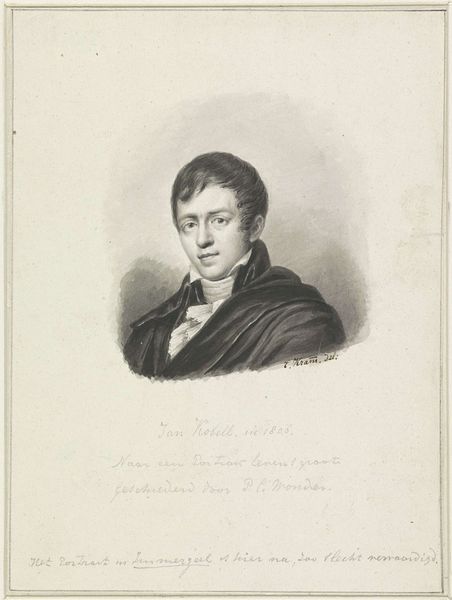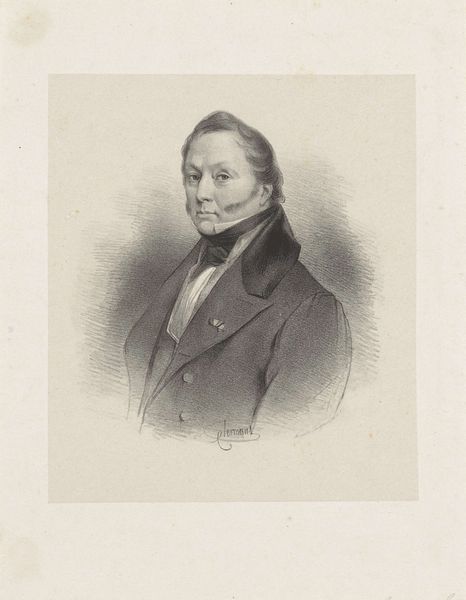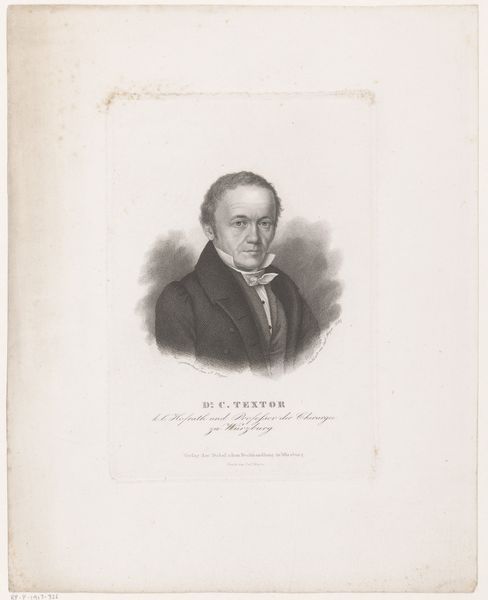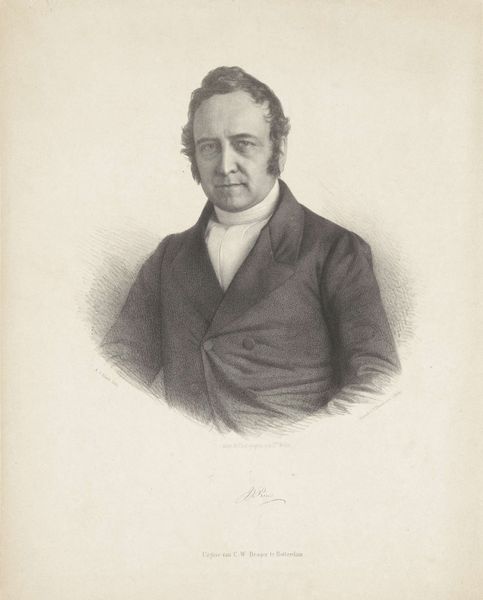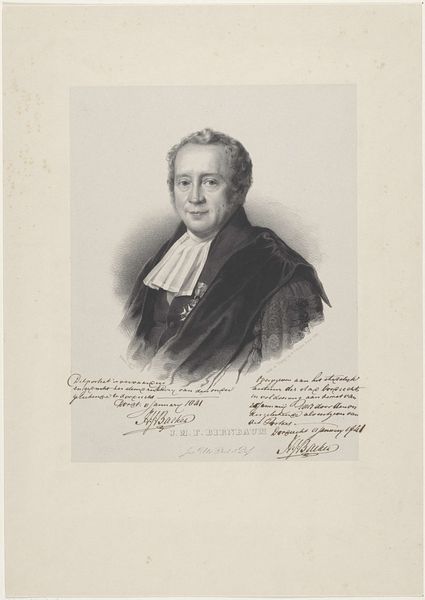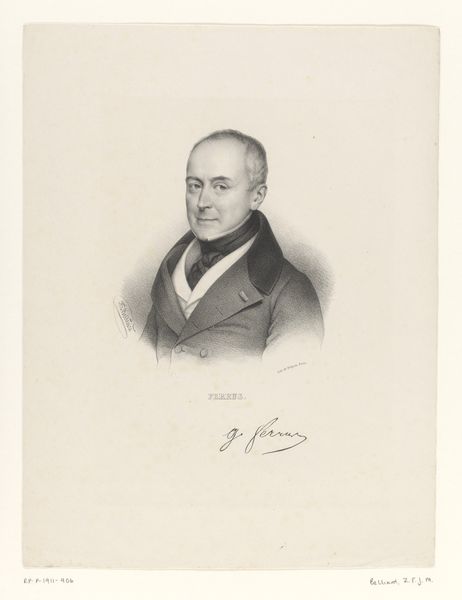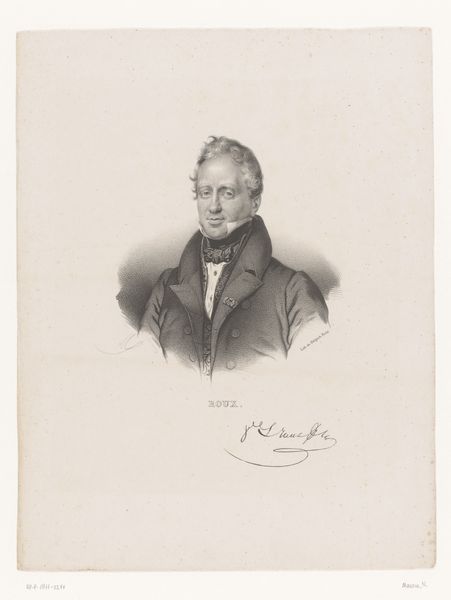
Portret van de hoogleraar Anthony Hendrik van der Boon Mesch after 1829
0:00
0:00
print, engraving
#
portrait
#
neoclacissism
# print
#
old engraving style
#
history-painting
#
engraving
Dimensions: height 185 mm, width 120 mm
Copyright: Rijks Museum: Open Domain
Editor: Here we have Dirk Jurriaan Sluyter’s “Portret van de hoogleraar Anthony Hendrik van der Boon Mesch,” made after 1829. It’s an engraving, and it feels very…stiff, very formal. How would you interpret this work, keeping in mind the medium and the period? Curator: Well, first, let's consider engraving itself. It’s a laborious process, deeply rooted in the social and economic structures of printmaking. Before photography, engravings like these were how images, and thus ideas, were disseminated. Think about the labor involved. The engraver meticulously cuts lines into a metal plate, often copper, that’s then inked and pressed onto paper. Editor: So, it’s not just about likeness, but about distribution, right? Who controlled that distribution? Curator: Exactly! Who had access to this technology, who commissioned the portrait, who would buy and own the resulting print? That professor clearly held a position of power and prestige. It is equally a means of controlling the message through reproduction. The fine lines speak to craft, and the material itself, the ink, the paper, connects to the networks of trade and consumption. Does it still feel "stiff" considering the material implications? Editor: It does, but understanding how much went into its production shifts my perspective. I hadn't considered the control over images and ideas that this medium represented. Curator: It forces us to examine not just the subject of the portrait, but also the conditions that made it possible. We learn more about labor through a picture and not necessarily the person pictured. Editor: That's fascinating. I’ll never look at engravings the same way again! Curator: Hopefully. The art is a piece of work for the ages because it also carries labor.
Comments
No comments
Be the first to comment and join the conversation on the ultimate creative platform.
